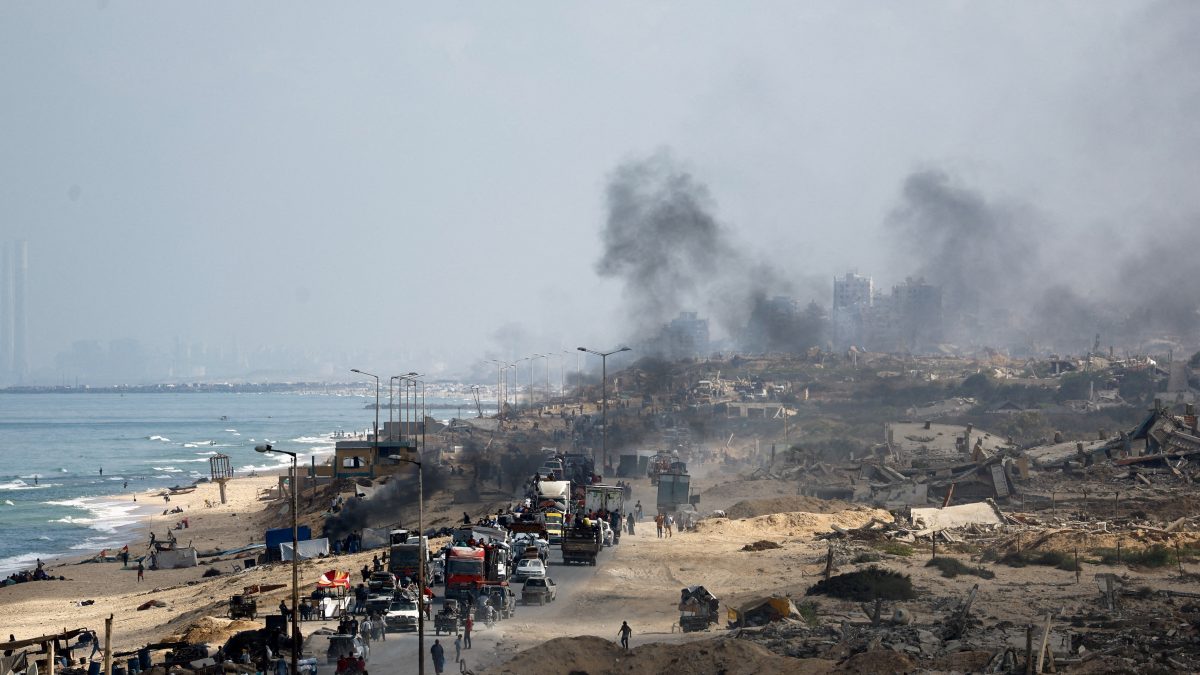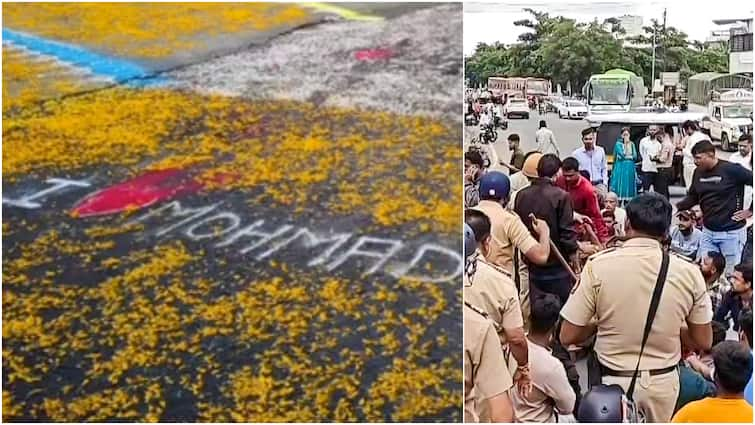The 21-point proposal calls for Hamas to disarm, the creation of an international security force, and a “Trump development plan” to rebuild the devastated enclave. However, Israel may resist certain aspects of the plan
The Trump administration’s 21-point plan to end the Gaza war would start with an immediate stop to all military actions, freezing all “battle lines,” and securing the release of the 20 living hostages and the remains of over two dozen presumed dead within 48 hours.
According to a copy of the plan, which was confirmed by officials from two briefed governments, all of Hamas’s offensive weaponry would be destroyed.
Militants who commit to peaceful co-existence would be offered amnesty, and safe passage to other countries would be provided for those Hamas members choosing to leave.
Neither Israel nor Hamas has agreed to the just over three-page proposal, which US officials shared with regional and allied governments at the United Nations last week. President Donald Trump is scheduled to urge Israeli Prime Minister Benjamin Netanyahu to accept it when they meet on Monday at the White House. A senior Israeli official, as quoted by the Washington Post said their leadership still needed to review the plan, and regional officials noted Hamas has not yet received a copy.
It remains unclear whether the elements outlining governance, security, rehabilitation, and development in Gaza have begun or how quickly they could be implemented. Trump, who vowed during his campaign to end the war, told reporters on Friday, “I think we have maybe a deal on Gaza. We’re very close. … I think it’s a deal that will get the hostages back. It’s going to be a deal that will end the war.”
What’s fuzzy in the 21-point plan?
The proposal is short on details regarding the sequence of its 21 points after the initial ceasefire, hostage release, and aid increase.
While it says no Gazans would be forced to leave and that anyone who leaves can return, the plan does not explain where they will go during a “Trump economic development plan to rebuild and energise” the area. “Nothing is finalised … these are broad strokes,” said a regional official, one of several who spoke anonymously to the Washington Post. “There are still things that need to be ironed out.”
The plan specifies that Israel will release 250 life-sentence prisoners plus 1,700 Gazans detained after October 7 once all hostages are released. For every Israeli remains returned, Israel will release the remains of 15 dead Gazans.
The plan also promises that “full aid will be immediately sent into the Gaza Strip” upon acceptance, including rehabilitation of infrastructure, hospitals, and bakeries. Aid distribution will proceed “without interference from the two parties through the United Nations and its agencies.”
The proposal outlines a “temporary transitional governance” of “qualified Palestinians and international experts” to run public services, “supported and supervised” by a “new international body.” The US will also establish a “temporary International Stabilisation Force” to oversee security while a Palestinian force is trained. The Israeli military will “progressively hand over the Gaza territory they occupy,” eventually withdrawing completely, save for a “perimetre presence.”
The current plan incorporates an earlier one but adds new elements, including an Israeli promise not to occupy or annex Gaza and to launch “no further attacks on Qatar.” Despite this, a senior Israeli official told the Washington Post that other Arab leaders were privately fine with Israel killing Hamas leaders, provided it wasn’t on their territory.
The most debated parts of the plan are the final two points, which are clearly written to win over the 150-plus countries that support a Palestinian state and the Arab governments that demand the peace deal at least mention an eventual state.
The plan promises that once the suggested development and political changes are finished, “conditions may finally be in place for a credible pathway to Palestinian Statehood.” This carefully worded statement recognises that a Palestinian state is what the Palestinian people want.
The document adds that the US will start talks between Israel and the Palestinians to agree on a long-term political goal for them to live together peacefully and successfully.
End of Article

)

